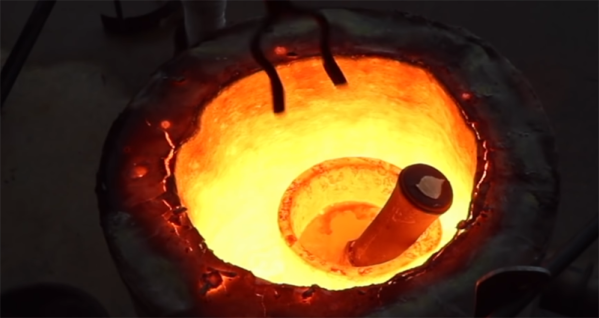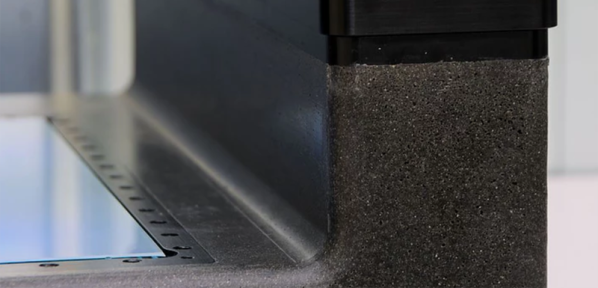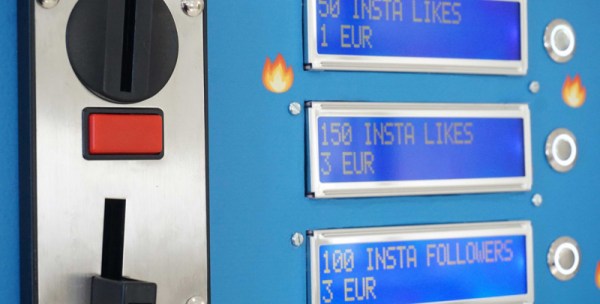We’ve seen backyard casting, and for the most part, we know what’s going on. You make a frame out of plywood or two by fours, get some sand, pack it down, and very carefully make a mold around a pattern. This is something else entirely. [FarmCraft101] is casting a bronze cannon. Sure, it’s scaled down a bit, but this is the very limit of what sanity would dictate a single person can cast out of molten metal.
This attempt at casting a cannon is more or less what you would expect from a backyard bronze casting experiment. There’s a wooden flask and a greensand mold, everything is tamped down well and there’s a liberal coating of talcum powder inside. This is a large casting, though, and this presented a problem: during the pour, the halves of the flask were only held together with a few c-clamps. This ended poorly, with molten bronze pushing against the mold and eventually flowing onto the garage floor. Doing this alone was perhaps a bad idea.
The failure of the mold meant some math was necessary, and after some quick calculations it was found that more than 300 pounds pushing the sides of the mold apart. A second pour, with the sides of the flask bound together with nylon straps, was much more successful with a good looking bronze cannon ready for some abuse with a wire wheel.
This is only the first video in the series, with the next videos covering the machining and boring out of the barrel. That’s some serious craft right there.
Continue reading “Casting A Cannon Is A Lot Harder Than You Think”




















